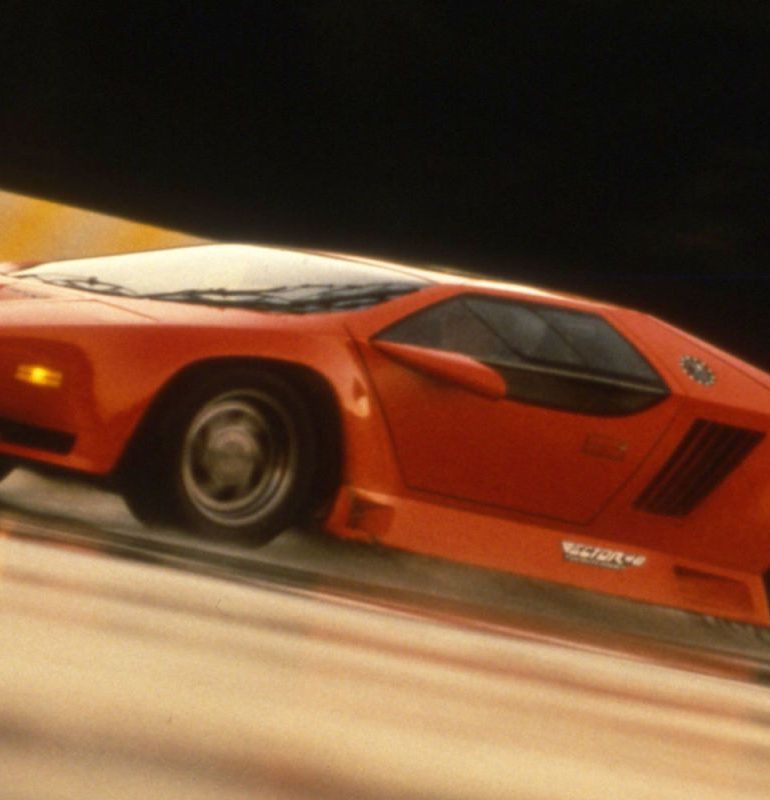Vector W8
Ferrari. Lamborghini. Porsche. These three manufacturers together monopolized the supercar fandom at a time when supercars were still very much an emerging aspect of automotive culture. Then the 1990s arrived, and the rest of the world seemed to have had enough of the status quo and as such, revolutionaries and determined usurpers would follow.
The effort to bring down the establishment appeared to be a concerted effort, as manufacturers from Asia, the U.S., and the rest of Europe looked to shake up the supercar space simultaneously. There were certainly different approaches to this goal, for example, with the Honda pioneering the ‘everyday supercar’ movement with its NSX; producing a high-performance supercar which was also reliable, comfortable and refined – a combination of characteristics simply unheard of at the time. Using the aforementioned as a template, others such as McLaren with its F1 would then take that philosophy to the next level.



